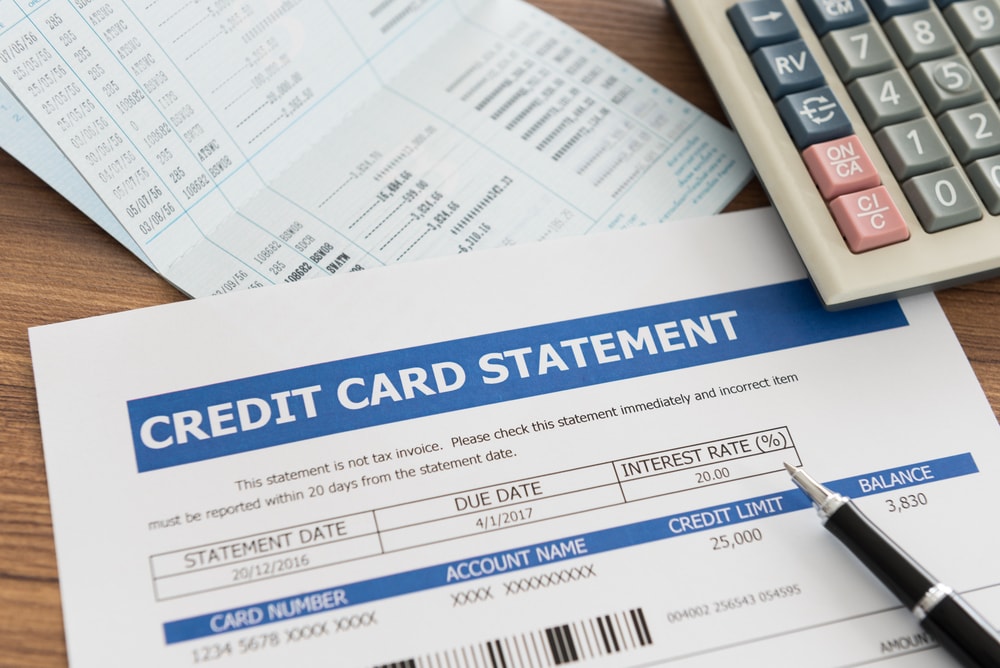A report states that the impending festive season will cause a growth in spends of 15-17% in the credit card portfolio. Credit card, a convenient form of finance, is also a way to build a favourable credit profile.
The best part about availing a credit card is that it requires limited documentation and is handy during emergencies. If you are a new credit card user, it is mandatory to understand how to get credit card statement.
A credit card lending institution is obliged by law to send a monthly report or statement to a card owner. This bill is either sent offline at their registered address or online on their email id detailing their balance and credit card interest.
What is a credit card statement?
People rely on credit cards to purchase expensive goods or avail costly services, paying back to the financial institution in the form of EMI. As specified by the credit card lender, a cardholder has to pay their credit amount on a specified date every month.
On the billing date, the financial institution sends a credit card statement detailing the minimum amount, and balance expected to be paid. A person needs to check the details to spot any unwanted information added by the credit card lender.
In case an error is spotted, it must be brought into the attention of financial institutions. Apart from keeping documents in check, a credit card owner also needs to know how to get a credit card statement and terms mentioned.
How to read a credit card statement?
A credit card statement contains several sections and subsections like payment due date, minimum amount due, total amount due, opening balance, a summary of an account, etc. These sections give the exact amount rolled in a transaction and information about credit card interest.
A credit card owner must know how to read the statement correctly to avoid problems in future.
Some of the critical terms in a credit card statement are-
- Payment due date – Payment due date is the time constraint mentioned by a credit card lending institution to pay the amount spent. When a credit card user expends using them, cardholders need to repay this amount within a stipulated date.
- Credit line – It is the maximum amount or credit limit of a borrower set by a financial institution. This loan or credit limit is based on a cardholder’s income, credit history, creditworthiness and others. Eligible applicants can avail premium cards like the Bajaj Finserv RBL Bank SuperCard if they possess an impressive credit score.
This NBFC also provides pre-approved offers to accelerate credit card applications. These offers are also available on personal loans and business loans. A credit card applicant can check out the pre-approved offer section by entering their name and phone number.
- Minimum payment due – This is the minimum amount a credit card user has to pay a credit card lending institution. It is essential to notice that a financial institution charges interest on the balance amount excluding the late fee.
- Current outstanding balance – This is the outstanding amount a credit card owner owes to a financial institution. It is usually calculated beginning with the previous month’s transaction. To check the current outstanding balance, first, choose how to get credit card statement first.
- Billing cycle – A billing cycle is the time interval between the issue of the end of one billing statement to the next billing statement date. Before checking a billing cycle, select the mode or how to get a credit card statement to save the required amount for paying back.
- Rewards– Rewards are a form of loyalty gifts offered by a credit card lending institution. A cardholder must know how to redeem credit card reward points, cashbacks, discounts, etc. earned.
There are other factors included in a credit card billing statement, which are needed to be thoroughly checked. A credit card user must go through the sections and try to understand the deductions and interest rate to use the plastic money wisely.


